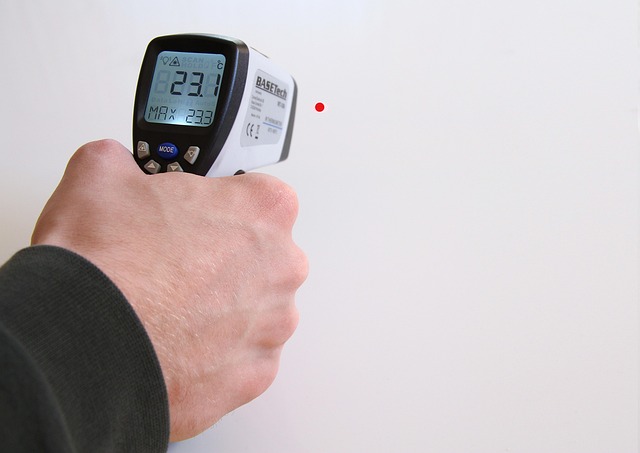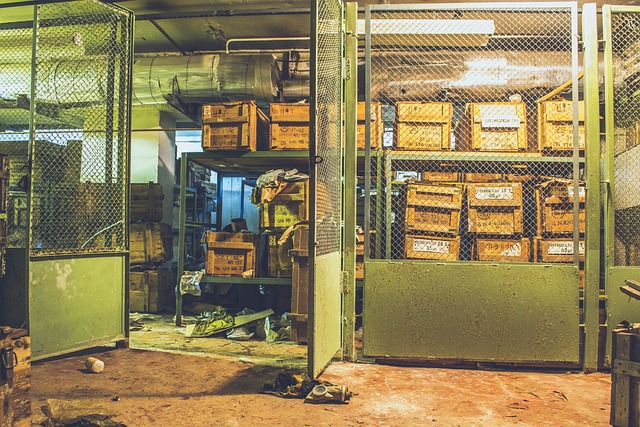Photography is an art that transcends mere documentation. It captures moments, feelings, and the unique atmosphere of our surroundings. One crucial element that can transform a good photo into a breathtaking piece of art is an understanding of color temperature. The right balance of color temperature can evoke emotions, set the mood, and highlight the narrative within your images.
Color temperature, measured in Kelvin (K), refers to the warmth or coolness of the light in your photography. A lower color temperature, around 2000K to 3000K, results in warm hues of reds, oranges, and yellows, reminiscent of a sunrise or candlelight. In contrast, higher temperatures, from 5000K to 6500K, create cooler, more bluish tones, akin to midday sunlight or overcast skies. Recognizing how these temperatures affect your photos can refine your creative direction.
When you pick up your camera to capture a scene, consider the lighting conditions. Golden hour, the hour before sunset or after sunrise, typically bathes the landscape in warm light, making it ideal for portraits and landscapes alike. Conversely, shooting in the shade can introduce cooler tones, perfect for capturing the serene ambiance of a forest or the reflective nature of a lake. Understanding these subtle shifts allows you to create compelling compositions that resonate with viewers.
Moreover, different types of lighting sources carry their own unique color temperatures. Standard incandescent bulbs emit a soft, warm glow, while fluorescent lights often lean toward the cooler end of the spectrum. As photographers, it is essential to manipulate these sources creatively. Experimenting with white balance settings on your camera can help you achieve the desired effect, allowing you to align the temperature with your artistic vision.
In addition to natural and artificial lighting, shooting in RAW format offers greater flexibility in adjusting color temperature during post-processing. This feature allows you to fine-tune the warmth or coolness of your images, ensuring that the final product aligns with your intended message. Leveraging software like Adobe Lightroom or Photoshop can further enhance your artistic expression, giving you control over the mood and tone of your photographs.
Using color temperature effectively also enhances storytelling in photography. A warm, golden palette may evoke nostalgia, while cooler tones can suggest tranquility or detachment. By carefully considering how you manipulate color temperature, you can make choices that engage your audience on a deeper level, drawing them into the story behind the image.
As we delve further into the realm of optics, understanding how color temperature interacts with lenses and filters becomes essential. Polarizing filters can enrich the colors in your image while managing reflections, enhancing the overall warmth or coolness of your composition. Similarly, using lens filters specifically designed to adjust color temperature can help harmonize scenes where natural light clashes with artificial lighting.
Lastly, don’t forget about experimentation! Each photographer’s vision is unique, and personalizing your approach to color temperature can lead to extraordinary results. Challenge yourself to shoot at various times of the day and under different lighting conditions. Your camera is a tool for exploration, and through understanding and applying color temperature, you can take your photography to the next level, breathing life into your visuals and making them resonate with those who view them.


